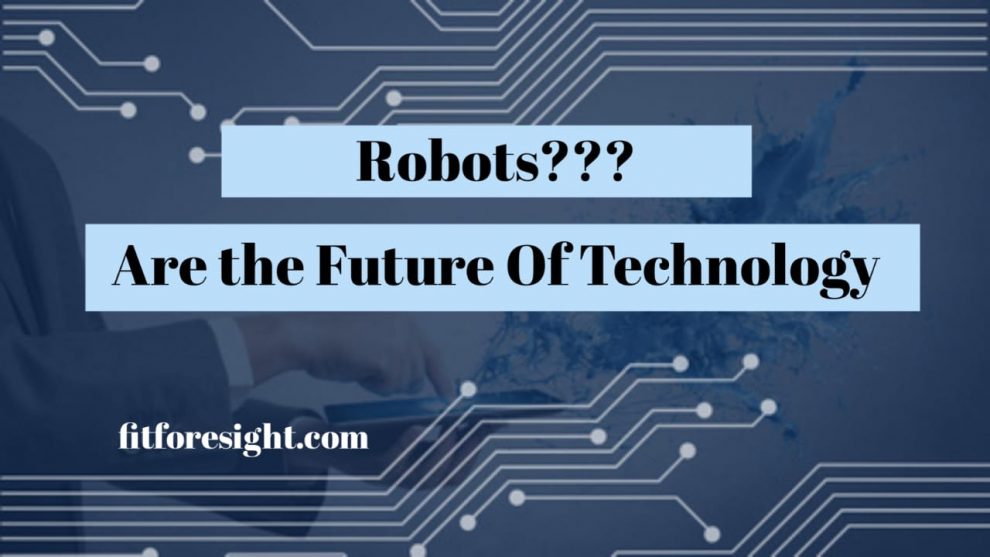The Rise of Robots: Revolutionizing Industries and Daily Life
In the not-so-distant past, robots were confined to the realm of science fiction, existing solely in the imagination of writers and filmmakers. Fast forward to today, and robots are not only a reality but are also revolutionizing industries and changing the way we live our daily lives. In this article, we will delve into the fascinating world of robotics, exploring its evolution, applications, and the profound impact it has on our world.
Robotics, a multidisciplinary field combining computer science, engineering, and artificial intelligence (AI), has seen remarkable growth in recent years. It involves the design, construction, operation, and use of robots to perform tasks autonomously or semi-autonomously. These robots can range from massive industrial machines to tiny, intricate devices used in medicine or exploration. The journey of robotics began with simple machines designed for repetitive tasks in manufacturing. These early robots paved the way for automation in industries, increasing efficiency and precision. However, modern robotics has transcended these humble beginnings.Today, robots are no longer confined to factory floors; they are infiltrating numerous sectors:
1. Manufacturing: Robots have become a cornerstone of Industry 4.0, working alongside human employees to assemble products, perform quality checks, and handle hazardous materials. They have not only increased production efficiency but also improved worker safety.
2. Healthcare: Robotics is making significant strides in the medical field. Surgeons use robotic systems for minimally invasive procedures, improving precision and reducing patient recovery times. Robotic exoskeletons are assisting people with mobility impairments, providing newfound independence.
3. Agriculture: Robotic technology is helping farmers increase crop yields and reduce the use of pesticides through autonomous tractors, drones for crop monitoring, and robotic harvesters.
4. Space Exploration: Robots like the Mars rovers are exploring distant planets, providing invaluable data and expanding our understanding of the universe.
5. Education: Educational robots are being used to teach coding and STEM concepts to children, nurturing the next generation of innovators.
6. Consumer Products: Robot vacuum cleaners, personal assistants like Amazon’s Alexa, and autonomous vehicles are becoming commonplace in households.
Human-Robot Collaboration
A key development in robotics is the concept of human-robot collaboration. Instead of replacing human workers, robots are now designed to work alongside them, complementing their skills and increasing overall productivity. This synergy is particularly evident in manufacturing, where humans and robots collaborate on intricate tasks.
The Future of Robotics
The trajectory of robotics continues to ascend. Future developments may include even more sophisticated AI, improved natural language processing, and enhanced sensory capabilities. As a result, robots will become even more integrated into our daily lives.
The rise of robots is not just a technological advancement but a societal transformation. From the manufacturing floor to the operating room, from our homes to outer space, robots are making their presence felt. The synergy between human and machine promises a future where robots augment our capabilities, enabling us to achieve feats once thought impossible. As robotics continues to evolve, it is an exciting time to witness the revolution it brings to industries and our daily lives

























Add Comment